 Back to the Be Inspired Blog
Back to the Be Inspired Blog
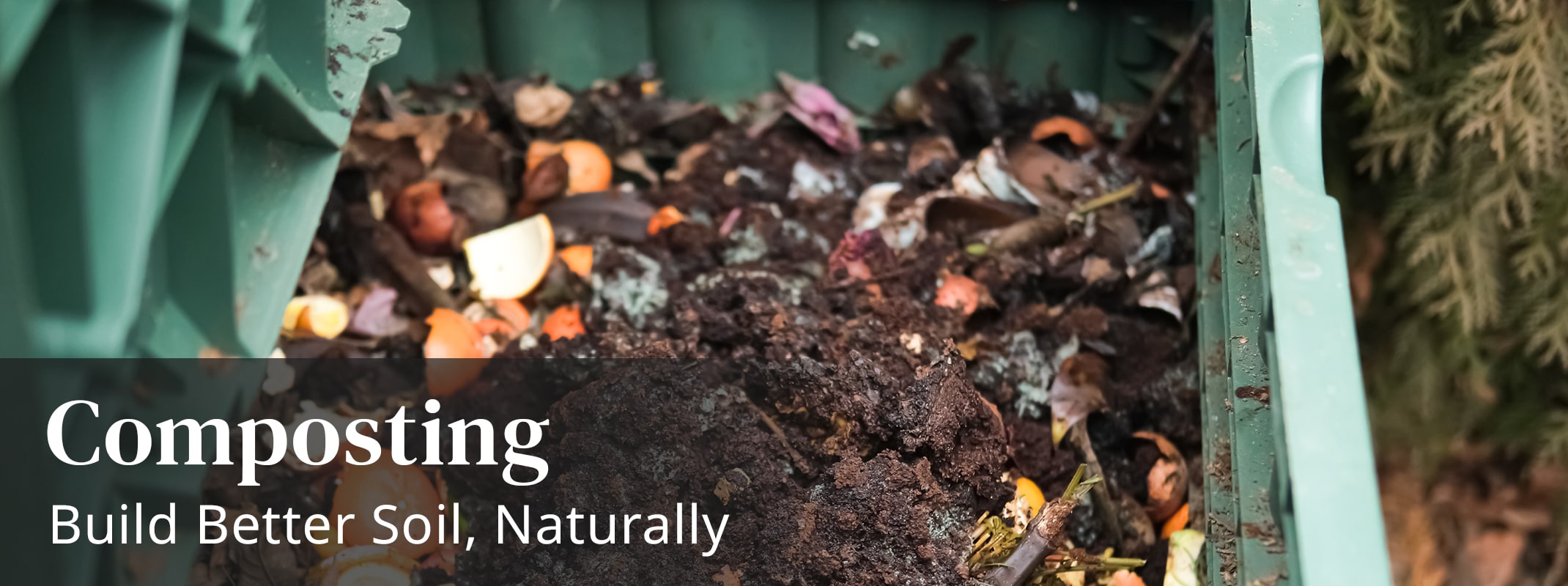
Composting Is the Secret to a Beautiful Home Garden
Food scraps, fallen leaves, coffee grounds… your future garden gold! As the seasons shift and trees begin shedding their crunchy coats across the Bay Area, gardeners gain a gift: free mulch and compost fuel. Instead of tossing valuable organic matter into the waste bin, you can transform it into nutrient-rich compost that improves soil, boosts blooms, and helps gardens hold onto precious moisture year-round.
That tiny act of recycling at home makes a huge difference for the planet and your plants.
What Exactly Is Composting?
Composting is nature’s original recycling program. Microorganisms, moisture, and oxygen work together to break down food and yard scraps into a dark, earthy material called humus. Mix it into your soil and it will: 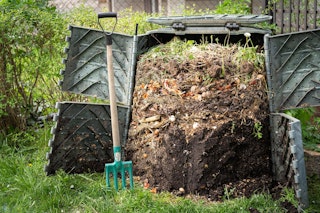
- Improve soil structure, especially clay-heavy Bay Area soils
- Help retain moisture through summer’s dry spells
- Create healthier roots, bigger blooms, and tastier veggies
- Reduce reliance on fertilizers
- Keep methane-producing waste out of landfills
It’s like giving your garden a daily multivitamin.
Where To Compost in Your Space
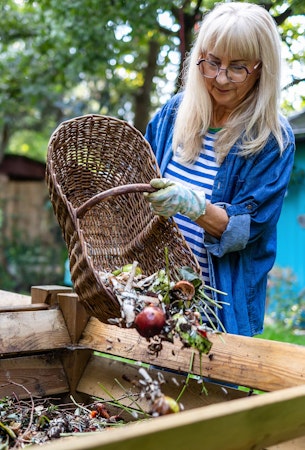 Whether you have a sprawling backyard or just one sunny windowsill, there's a composting method that fits your home and lifestyle.
Whether you have a sprawling backyard or just one sunny windowsill, there's a composting method that fits your home and lifestyle.
Small Spaces (Countertop to Condo Patio)
- Worm bins (vermicomposting) for mini-indoor systems
- Odor-controlled countertop composters
- Bokashi bins for those with no outdoor access
- Tiny outdoor tumbler on a balcony
Bigger Backyards & Enthusiastic Gardeners
- A single outdoor bin or tumbler is perfect for casual composters
- Two- or three-bin systems keep one batch cooking while another cures
- Leaf piles can double as mulch and break down into compost by spring
Hot tip: Choose a spot with partial sun and nearby access to water. Sun adds warmth; water fuels the microbial magic.
Feed Your Compost the Right Ingredients
A healthy compost pile thrives on balance:
1 part nitrogen-rich “greens”: 2 parts carbon-rich “browns”
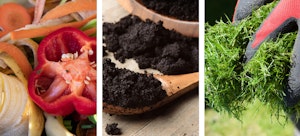
Greens (Nitrogen) - These are the fresh, moist items:
- Fruit and veggie scraps
- Fresh grass clippings
- Coffee grounds
- Tea bags (paper type only)
- Bread in small amounts
- Manure from herbivores
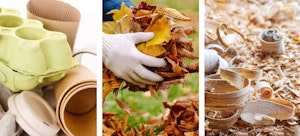
Browns (Carbon) - These create airflow and structure:
- Fallen leaves (hooray autumn!)
- Cardboard + paper egg cartons
- Shredded newspaper + junk mail
- Dry yard debris (twigs, pine needles, straw)
- Sawdust from untreated wood
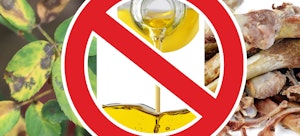
What to Skip - Not everything belongs in your “garden buffet” (Some attract pests, add pathogens or slow the process):
- Meat, bones, dairy, and cooking oils
- Pet waste from dogs or cats
- Plants treated with pesticides/herbicides
- Diseased plants or aggressive weeds
- Treated/painted wood
Let’s Build Your Compost: A Simple Four-Step Guide
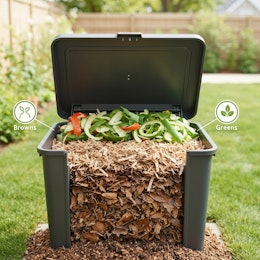
1. Layer
Start with browns (like leaves!) on the bottom, then add greens. Alternate layers like a giant earthy lasagna.
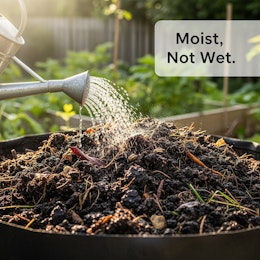
2. Water
Moisture should feel like a wrung-out sponge. Too soggy = stink. Too dry = stalled.
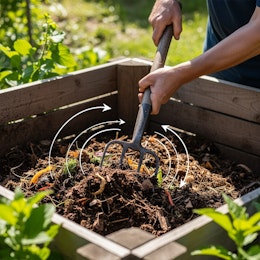
3. Turn
Mix regularly to add oxygen.
Tumbler bins make this fun… like turning a treasure drum.
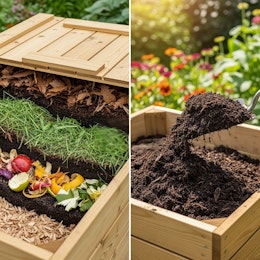
4. Repeat
Keep adding layers. In 2–12 months, you’ll have rich, dark, crumbly compost that smells like a forest floor.
Troubleshooting Tips (No Garden Gremlins Allowed)
- Smelly
Likely too wet or too many greens. Add dry browns and turn. - Slimy
Excess moisture. Mix in shredded cardboard or leaves. - Dry + Not Decomposing
Add water or greens. Then fluff it up with a fork or shovel. - Critters Interested
Bury food scraps under browns. Avoid meats and oils.
How To Use Your Finished Compost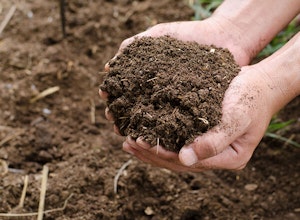
Once it looks like rich soil and smells fresh and earthy, apply it to:
- Raised vegetable beds: mix in before planting
- Houseplants: a thin topdressing delivers nutrients
- Citrus trees: spread a yearly ring of goodness
- Containers and annual beds: refresh tired potting mix
- Around perennials: improves water-holding capacity
Autumn Bonus Tip:
Spread leaves as mulch on beds now. By spring, they’ll begin breaking down into compost right where your plants need it most.
Small Actions, Big Garden Wins
Every banana peel and fallen leaf you save from the trash supports a healthier garden and a healthier earth. Composting gives you more fertile soil, saves water, and gets you closer to the lush garden you envision.
Let’s Get You Composting!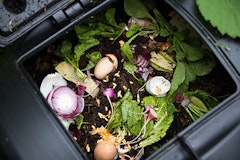
Stop by any SummerWinds Nursery location in the Bay Area where our Trusted Garden Advisors can help you choose the right compost system, seasonal tools, and soil-building products like E.B. Stone Organics Compost Maker. Bring us your questions. We love turning scraps into success.

